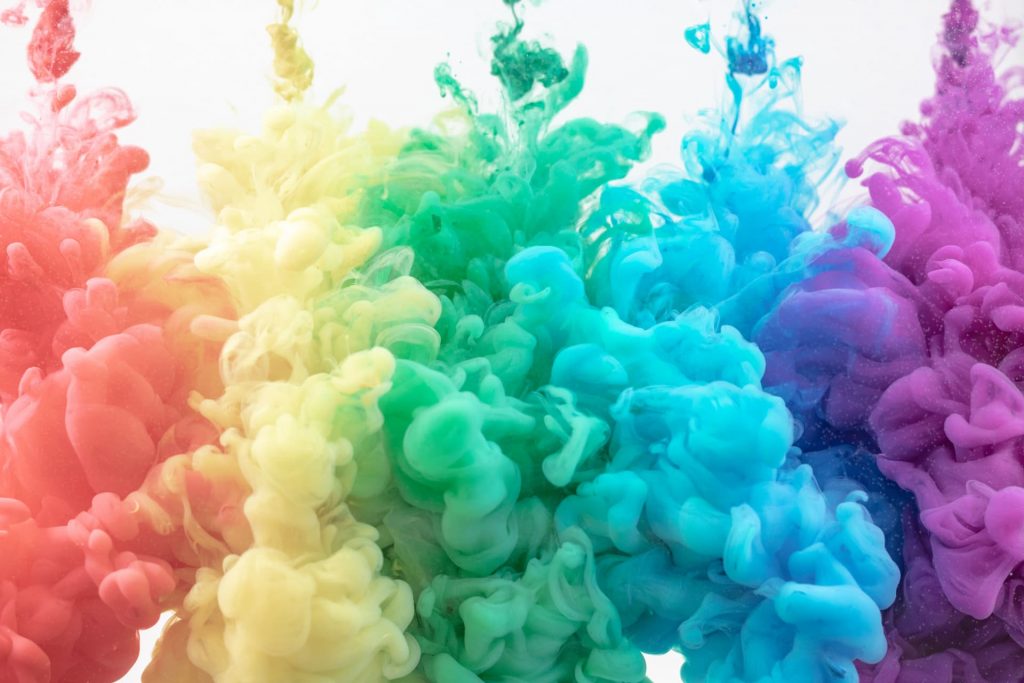Color Accessibility and Website Design
Color accessibility is the practice of making websites and other digital content accessible to people with color blindness and other visual impairments. This includes using colors that are easy to see and avoiding combinations that can be difficult to distinguish.
Color blindness is a condition in which people have difficulty distinguishing between certain colors. The most common type of color blindness is red-green color blindness, which affects about 8% of men and 0.4% of women.
People with color blindness may have difficulty seeing certain colors, such as red or green. They may also have difficulty seeing the difference between different shades of the same color.

The Importance of Color Accessibility
Color accessibility is important because it allows people with color blindness to access and enjoy digital content. Without color accessibility, people with color blindness may be unable to use websites, apps, and other digital content.
Color accessibility also helps people with other visual impairments, such as low vision. People with low vision may have difficulty seeing colors, even if they are not color blind. Color accessibility can help people with low vision to see and understand digital content.
How to Make Your Website More Color Accessible
There are a number of things you can do to make your website more color accessible. Here are a few tips:
- Use high contrast colors.** When choosing colors for your website, make sure to use high contrast colors. This means using colors that are very different from each other. For example, you might use black text on a white background.
- Use different color combinations.** If you are using multiple colors on your website, make sure to use different color combinations. This means using colors that are not next to each other on the color wheel. For example, you might use red text on a blue background.
- Use text and symbols.** In addition to using colors, you can also use text and symbols to make your website more accessible to color blind users. For example, you might use a red symbol to indicate a danger zone, or a green symbol to indicate a safe zone.
- Test your website.** Once you have designed your website, it is important to test it for color accessibility. There are a number of tools that you can use to test your website for color accessibility. These tools will help you to identify any areas where your website is not accessible to color blind users.
By following these tips, you can make your website more accessible to color blind users. This will help you to reach a wider audience and to improve the user experience for all of your users.
Color Accessibility and Website Design Read More »


